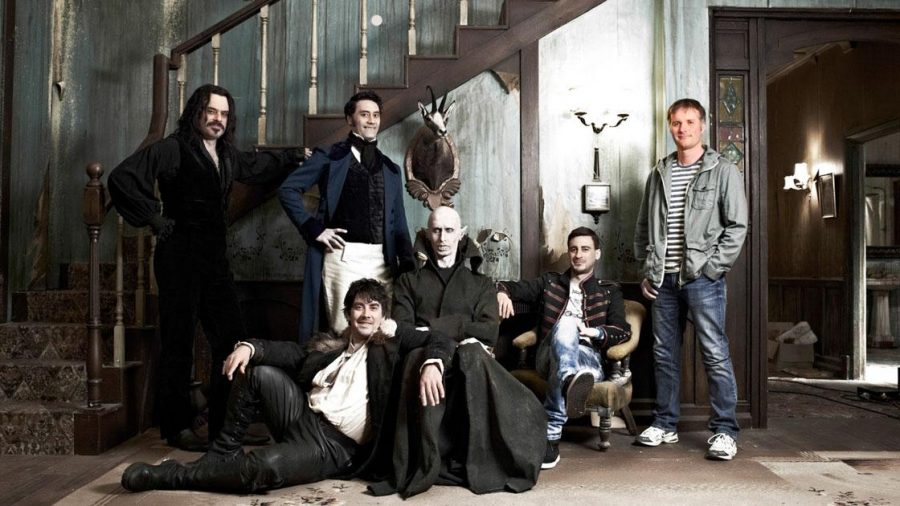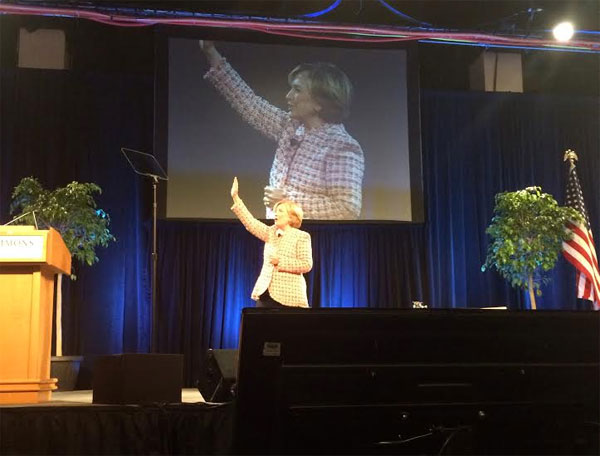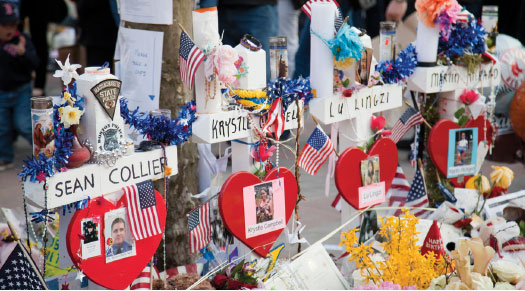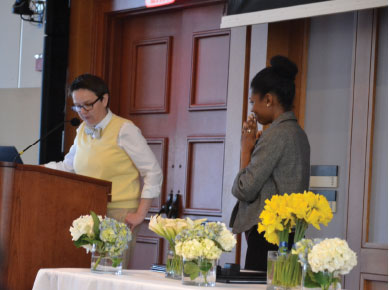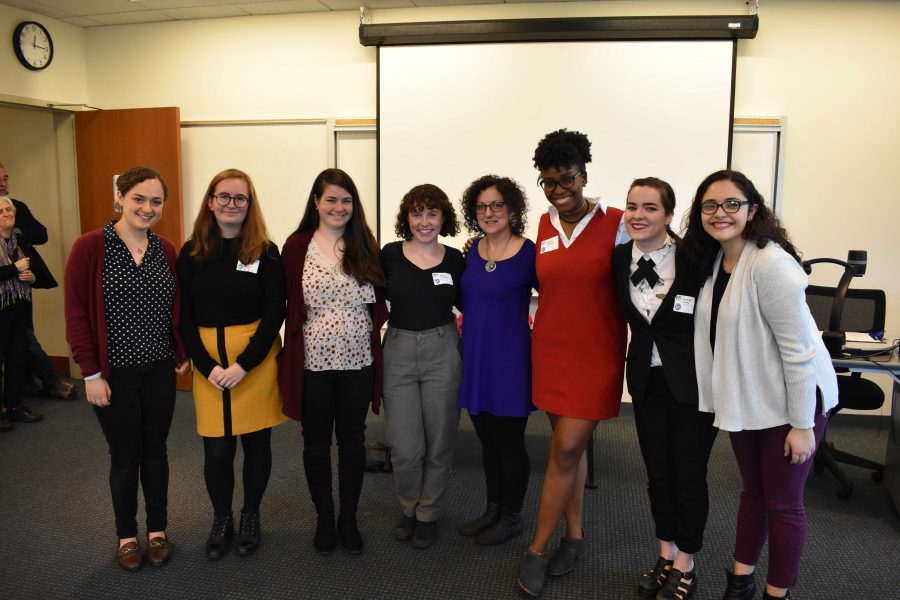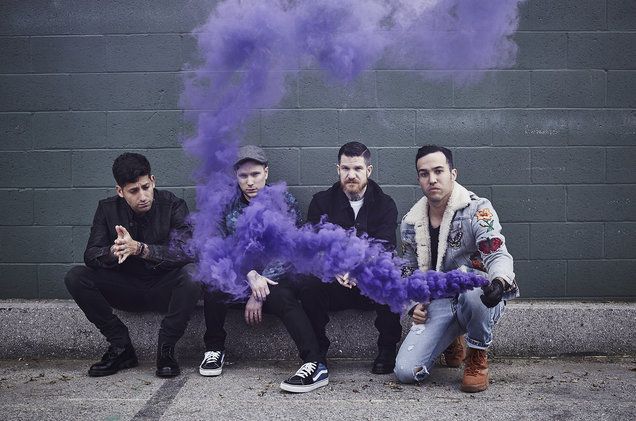By Kendall Bauer, Lindsey Stokes, Hillary Donnell, Ahnissa Beaupre
Contributing Writers
In light of Halloween, a group of Simmons students sought stories of paranormal activity on campus. Using an iPhone app that is said to detect the energy of spirits, the four students walked through the residence campus in search of some firsthand accounts, or sightings of their own, despite the fear of what they may uncover.
One student reported her experience while printing one night in Morse Hall. She explained, “A few weeks ago, I went down to the first floor of Morse around midnight… it was the middle of the week so the hall was really quiet and not a lot of lights were on. I printed what I had to, and then I headed back toward the staircase. The first floor was empty, but when I walked toward the stairs I heard someone stomping their feet from about two feet behind me. I turned around but no one was there, so I ran up the stairs as fast as I could.”
Morse wasn’t the only dorm with unusual reports. A student in North reported her chilling experience in the shower one evening: “It was late before I had a chance to take a shower. I was completely alone; there was absolutely nobody else in the bathroom. After I was finished showering I stepped out into the shower stall. All of a sudden I heard this little voice in the stall next to mine… it sounded like a little girl’s voice, or the voice of a small child at least. I couldn’t hear what she said, but I didn’t really care at that point. I was terrified!”
Another student described a general uneasiness in certain areas of North: “It’s weird; some parts of North are just kind of creepy. You just don’t really want to be alone at night if you don’t have to.”
South Hall held some interesting results of its own in a dorm-wide walk through with the chosen tool of these amateur ghost hunters: an iPhone app. The app, appropriately named “Ghost Radar,” has a 3.5/5 star rating on the Apple App Store and more than one review that used the adjective “creepy” generously. On floors two and five, multiple phenomena, or unexplained energy, were picked up on the radar. At one point in the stairway of the fifth floor the word “angry” flashed across the screen after high-energy phenomena was picked up.
Though evidence of the paranormal was found using the iPhone application, students in South reported nothing suspicious.
The most interesting similarity among the interviewed North Hall residents was a sense of vagueness. All had said they had never seen anything but had heard stories. Two of the interviewed residents had heard rumors of a student death that occurred on the fifth floor of North. There was no specific date or time period. When asked, workers in the Office of Resident Life informed us that there were no records of any deaths occurring in North Hall or any of the other halls.
Though ghost stories themselves are fun, what is truly fascinating is the way these stories travel and develop over time. A Resident Life worker commented that she “had an old colleague who worked at [another school] in undergraduate admissions and had made up a ghost story and told everybody so convincingly that there was a ghost in this hall… that he left the university and then came back and visited and everybody was telling him about this ghost.”
What the students remembered was not that the ghost story was fake, but that the telling of it resonated with them in some way. They remembered this spooky story their RA told them and told other students because it was such a good story. Perhaps they forgot that the story was fake or the man telling the story omitted that crucial fact. Or perhaps the story was best told as fact.
A character and a location are often enough to ground a story in reality for listeners. This is a principle that has fed a rich tradition of urban legends. There is no need for a date, as that can be manipulated by the teller to create a version of the tale that is the most effective on a specific audience. The way the story is changed by its telling is the most important part. Each telling is a new experience to the listener. The fact that the story is untrue becomes incidental, because when a story is told in a relatable way, the listener is a part of it. When the listener has become involved in a story, it is true, if only until the lights are turned back on.



